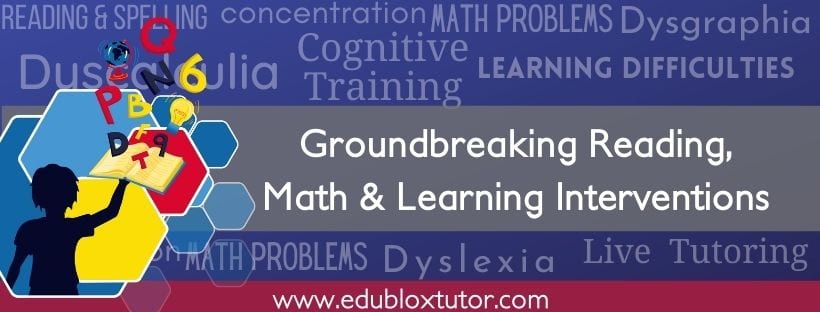
When we think of all the skills a child needs to learn to succeed academically, we often think of reading, writing, concentration, and math. However, one of the essential skills children need to develop is creativity. Children use creativity to write stories, solve problems, play music, make arts and crafts, and even perform complex math operations.
What is creativity thinking?
Creativity is bringing into being something that did not exist before, either as a product, a process, or a thought. Creative thinking is the process that we use when we come up with a new idea. Creative thinking is the ability to look at a problem in many different ways. This might involve seeing a different way to do something, generating new ideas, or using materials in unique ways. Fundamental to being a creative thinker is a willingness to take risks, experiment, and even make mistakes.
The belief that an individual is either creative or not creative is still widely represented. But this misconception is now changing. More evidence has appeared recently that creativity and creative thinking skills can be taught, learned, and practiced. Tina Seelig, executive director of the Stanford Technology Ventures Program and author of inGENIUS: A Crash Course on Creativity, confirms: “Everyone can increase his or her creativity, just as everyone can increase his or her musical or athletic ability, with appropriate training and focused practice.”
The purpose of the exercises below is to stimulate original, creative thinking. The first exercise teaches creative thinking on a concrete level, the second on a schematic level, and the third on an abstract level. Move to the schematic level once your child has mastered creative thinking on a concrete level and to the abstract level once they have mastered creative thinking on a schematic level.
Creative thinking exercise (concrete)
In this exercise, some concrete objects, e.g., a large colored Lego block, must be described. Show the block to your child, and ask, “Can you describe this block to me?” They must try to name as many details of the block as possible. There are no right or wrong answers.
Should they get stuck or find it difficult to describe the block, leading questions could be set, for example:
- “What do the edges look like?”
- “How many edges are there?”
- “What do the sides look like?”
- “How many sides are there?”
- “How many corners are there?”
- “Is the block large or small?”
- “Is it light or heavy?”
.
After the description, your child must try to apply what they have observed. This can be done by setting questions like:
- “What can one use the block for?” (For example, the edges can be used to draw straight lines; it can be used as a container for things like sand, water, bird seeds, etc.)
- “If you could change the block in some way, or add something to it, what can it be used for?” (For example, putting a piece of sponge into it can serve as a pincushion; by gluing such blocks together, one can build a doll house, etc.)
- “Of what material, other than plastic, could one make such blocks?” (For example, wood, glass, clay, etc.)
.
Any other suitable object can be used for the exercise, e.g., a pencil, a pen, a paper clip, a matchbox, etc.
Creative thinking exercise (schematic)
In this exercise, show some schematic drawings or diagrams to your child. They must again describe the drawing and, afterward, name as many things as possible that the drawing may represent.
A circle may, for example, be drawn on a piece of paper. To describe it, your child may say that it is a circle, that it is round, that it consists of an endless curved line, that a radius drawn from any position on the curve will always be of the same length, etc.
After the description, they may say what the diagram can present. In the case of a circle, they may say that it could represent a ball, the earth, the sun, a plate, a saucer, the brim of a cup, the letter O, etc.
Creative thinking exercise (abstract)
In this exercise, the purpose is to stimulate abstract thinking. Therefore, only verbal stimuli are used, and no concrete objects or schematic drawings, as in the previous exercises.
Examples are as follows:
- “Name as many things as you can that are red (or any other color).”
- “Name as many things as possible that can make a person glad (or cross, etc.).”
- “In what way can a person react when he loses his temper? Think of as many as possible.”
- “What emotions do you associate with the color red (or any other color).”
- “Try to think of as many things as possible that can be done with a stone, or stones (or any other object or objects).”
.

